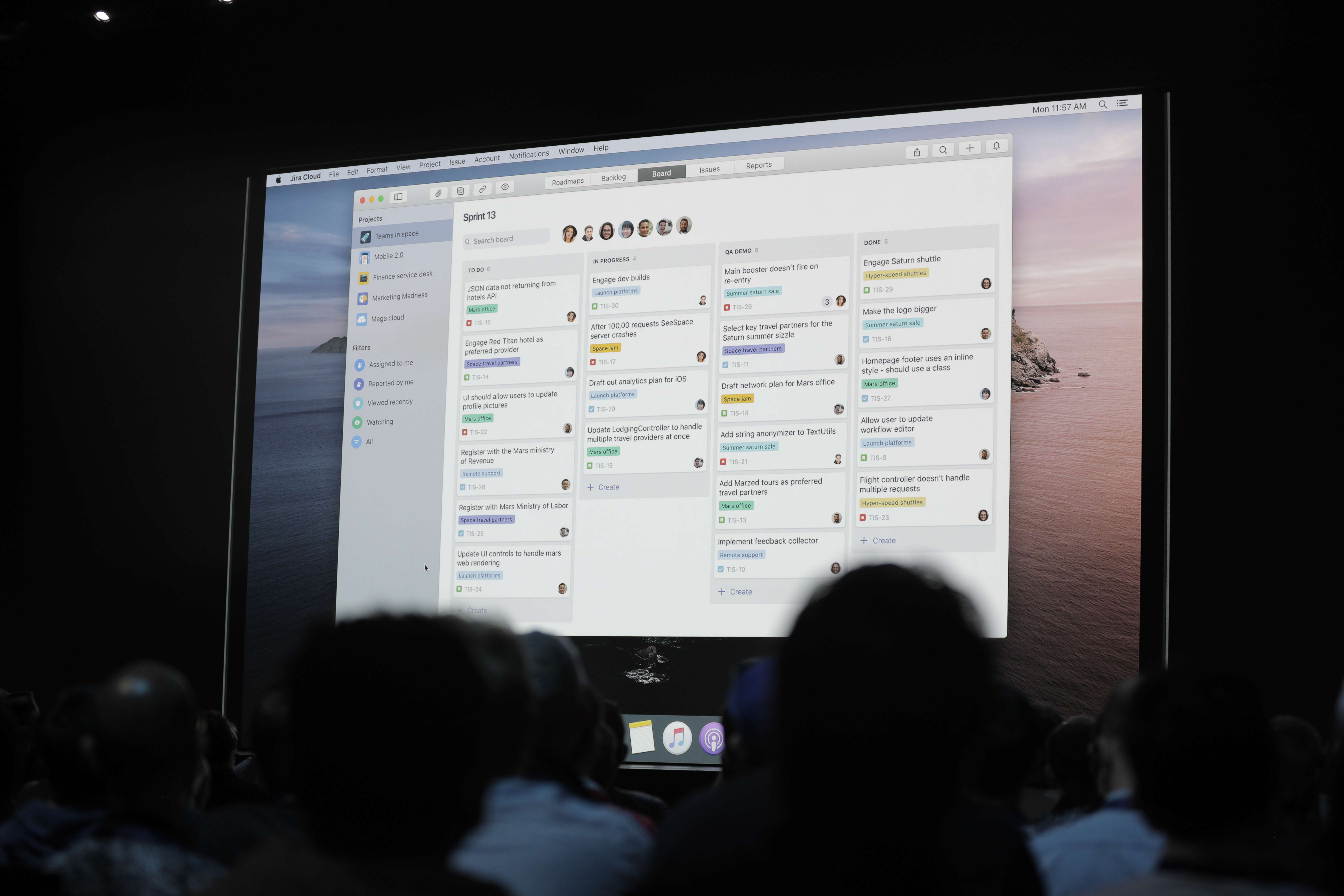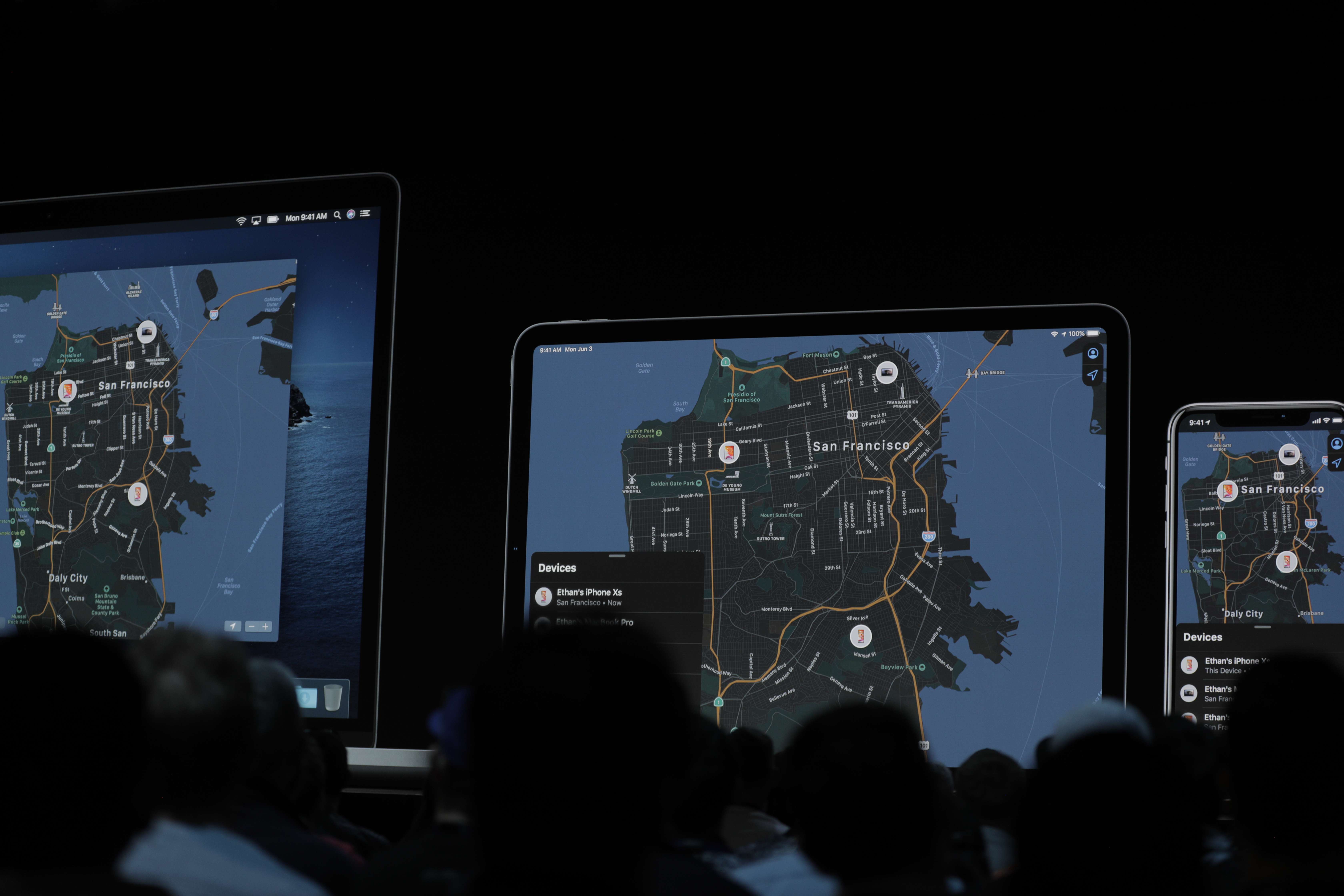Apple announced during its WWDC keynote that iOS apps will run on macOS, starting with the next major release of macOS this fall — macOS Catalina. Third-party developers will be able to release their iOS apps on the Mac starting this fall.
This might seem like a small change, but it requires a ton of radical changes behind the scene. Last year, Apple teased this move by porting Voice Memos, Apple News, Stocks and Home to macOS.
Screen Time is coming to the Mac, as well as the new iOS 13 features, such as the new photo gallery, folders in Notes, a redesigned Reminders app.
And yes, Apple is using Project Catalyst for those apps. That project is what you may already know under Apple’s internal codename Marzipan.
Catalyst is available to developers today with the first beta version of macOS Catalina. Chances are many developers will play with the feature this summer.
Gameloft, Twitter and Atlassian have already ported apps to macOS. Yes, there will be a native Twitter app available to download for the next version of macOS. And developers will be able to ship iOS apps as soon as this fall when users update to macOS Catalina.

This version of macOS is also the first one that doesn’t include iTunes — RIP, iTunes. Apple is breaking out iTunes into multiple apps — Apple Music, Apple TV and Apple Podcasts.
Apple Music is focused exclusively on music, which means that it should be much faster than iTunes. The Apple Podcasts app syncs your progress across your devices. Apple now indexes the spoken content of podcasts so that you can search and find podcast episodes.
The Apple TV app works pretty much like the Apple TV app on the Apple TV device (I know, it’s confusing) and iOS devices. You can now stream videos at better quality — 4K HDR with Dolby Atmos and Dolby Vision.

If you want to sync an iOS device with your Mac, you can access that feature from the Finder — it looks exactly the same as the iTunes syncing page.
You can use your iPad as a secondary display. It works like Duet Display or Luna Display. You can also use an Apple Pencil to draw stuff and edit photos. It works with a cable or wirelessly.
When it comes to accessibility, voice control is coming to macOS and iOS. For instance, you can open apps, scroll by saying “scroll down”, click on buttons and dictate text as well as emojis. Many buttons and areas are labeled with a number so that you can tap or click on an element by dictating it.
There’s a new macOS (and iOS app) called Find My. It combines Find My iPhone and Find My Friends. And you can now locate devices when they’re offline. Offline devices send an encrypted and anonymous signal to other Apple devices in the same area. If you forget your iPhone in an underground bar, a neighbor might catch the signal and send the location to the Find My app for instance.
But the big news is clearly Catalyst. Details are still thin, and Apple will most likely share more information this afternoon during its State of the Union WWDC keynote.


